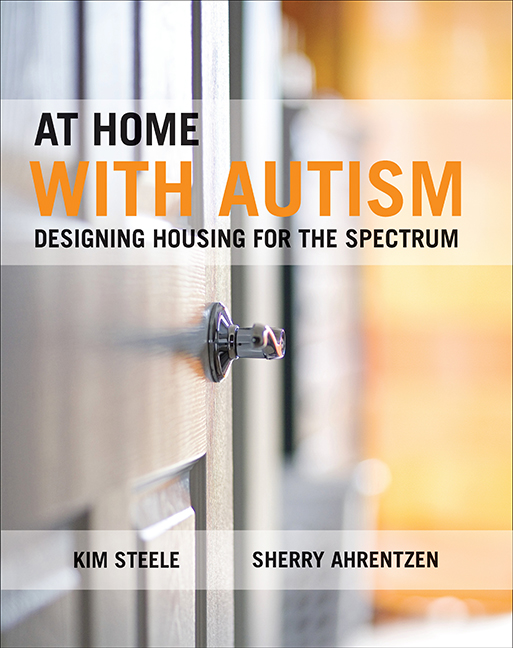Book contents
- Frontmatter
- Dedication
- Contents
- Figures and tables
- Abbreviations
- Terminology
- About the authors
- Acknowledgments
- one Introduction
- two A research-informed approach for housing design
- three Quality of life design goals
- four Design guidelines
- five On the horizon
- References
- Appendix: Research and information sources used in developing goals and guidelines
- Chapter Four image sources
- Index
five - On the horizon
Published online by Cambridge University Press: 01 September 2022
- Frontmatter
- Dedication
- Contents
- Figures and tables
- Abbreviations
- Terminology
- About the authors
- Acknowledgments
- one Introduction
- two A research-informed approach for housing design
- three Quality of life design goals
- four Design guidelines
- five On the horizon
- References
- Appendix: Research and information sources used in developing goals and guidelines
- Chapter Four image sources
- Index
Summary
Introduction
The policy of deinstitutionalization – replacing complete institutions of long-term care with residences and services in the community – was first articulated in the late 1960s and early 1970s, but it took decades to see noticeable, widescale changes on the landscape (Campaign for the Mentally Handicapped, 1972; Kugel and Wolfensberger, 1969; Mansell, 2006). In North America, Europe, Australia and New Zealand, this transition from large residential institutions to networks of community-based living with support services is steadily progressing. Sweden and Norway are the leaders in this transition, where all institutional provision has been replaced and where the law now provides the right to community services (Mansell, 2006).
Nonetheless, many critics believe that the progress is much too slow, and that initiatives for creating and supporting residences that meet the growing numbers and needs of adults on the spectrum – as well as others whose health and capabilities are not being met by current housing market or government practices and policies – are too few. Our efforts in this book have been to provide guidance – grounded in available research and experts’ reflective practice to date – of design features and spatial characteristics that can advance a generation of homes and residential developments that resonate with the aspirations of those on the spectrum.
Attention to adults with autism is relatively fledgling within research arenas as well as service programs, including housing provision. For parents and for those aging out of the school system, the time for laser-focused attention on issues affecting the lifespan – not just the childhood and adolescence of autism – is now, not for some distant future. And it is finally happening – likely too glacial a movement for many who are desperate for immediate solutions – but with a vigor and commitment that has not been witnessed before.
What we have profiled in the previous chapters was gleaned from current practices, thinking and research. But there are applications and approaches on the horizon that we believe will further guide the next generation of environmental design and development for those on the spectrum – not only in terms of what is built or renovated, but also in terms of how residential spaces are used and how individuals can advocate for what works best for them.
- Type
- Chapter
- Information
- At Home with AutismDesigning Housing for the Spectrum, pp. 171 - 198Publisher: Bristol University PressPrint publication year: 2015

